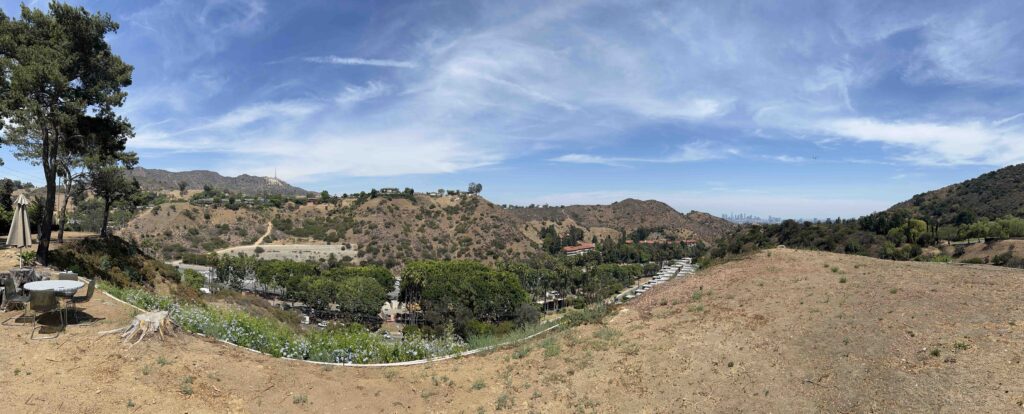
Council land-use committee unanimously OKs draft rules that would significantly limit development in key Hillside areas what’s next?
The City Council’s Planning & Land Use Management (PLUM) Committee voted earlier this week to endorse the highly controversial Wildlife Ordinance after a raucous public hearing.
Hundreds of people attended the hearing, but many were shut out of the City Council Chamber once it reached capacity. And only a few dozen speakers – both pro and con – were allowed one minute each to speak before the committee chairman cut off public testimony and moved the committee to a vote.
Councilman John Lee moved to send the ordinance back to City Planning because of changes to the draft ordinance that he said should be vetted at public meetings before PLUM voted. But none of the other 3 PLUM members in attendance seconded his motion. Councilwoman Katy Yaroslavsky’s subsequent motion to endorse the draft ordinance with additional conditions proposed by her and councilwoman Nithya Raman passed 4-0.
What’s next?
The most important thing to know about “what’s next” is that the ordinance will not become a law in the next few weeks or within a month. It is still a lengthy process to turn a draft Planning Department ordinance approved on first read by PLUM into city law with multiple public hearings and votes that could alter or kill the ordinance along the way.
Part of the committee’s vote Tuesday was to send the Planning Department’s draft ordinance to the City Attorney’s Office to initiate the “Form and Legality process.”
Historically, the City Attorney’s Office has taken several months to convert a Planning draft ordinance into the final, legal version that will be voted on by the City Council. For example, when the Baseline Hillside Ordinance (BHO) was updated in 2017, the total time from first PLUM hearing to effective ordinance was 108 days. Back in 2010, the original BHO took 286 days from first PLUM hearing to effective date. The recently passed ADU ordinance took 191 days. The Beekeeper ordinance (a much less controversial, citywide ordinance) took 103 days.
From Tuesday, 100 days is early October, 200 days is mid-January 2024, and 300 days would be be late March/early April 2024.
Once the City Attorney finishes the draft legal ordinance, it will return to PLUM for another public hearing and vote. Presuming that PLUM votes again to endorse the ordinance, it will be forwarded to the full City Council for yet another public hearing and vote. If the council supports the ordinance, it will be sent to the Mayor’s office for her signature or veto. Presuming the mayor signs the ordinance, it still won’t take effect for several weeks because of the city’s notification laws.
What’s in the ordinance?
If approved, the Wildlife Ordinance will impose more significant limitations on allowable floor area, building heights, grading, setbacks and lot coverage than any of the city’s current development overlays. Supporters of the ordinance believe it will allow wildlife to thrive in an otherwise urban setting. Here is the department’s biodiversity statement on the ordinance.
The initial ordinance will cover Hillside neighborhoods east of the 405, north of Sunset Boulevard, south of Ventura Boulevard and west of the Cahuenga Pass (Bel-Air, Beverly Crest, Sherman Oaks, Studio City, Hollywood Hills and the Bird Streets). Here’s an interactive map created by the city so property owners can determine if their parcel will be impacted by the ordinance.
Opponents question how limiting setbacks and basements – among other restrictions – will benefit wildlife. They call this an anti-development ordinance misnamed a wildlife protection ordinance. Flyers were passed out at the PLUM hearing which listed nine random properties within this area to illustrate the impact of the Wildlife Ordinance on the homes’ allowable floor area, if passed. Here is the information they provided.